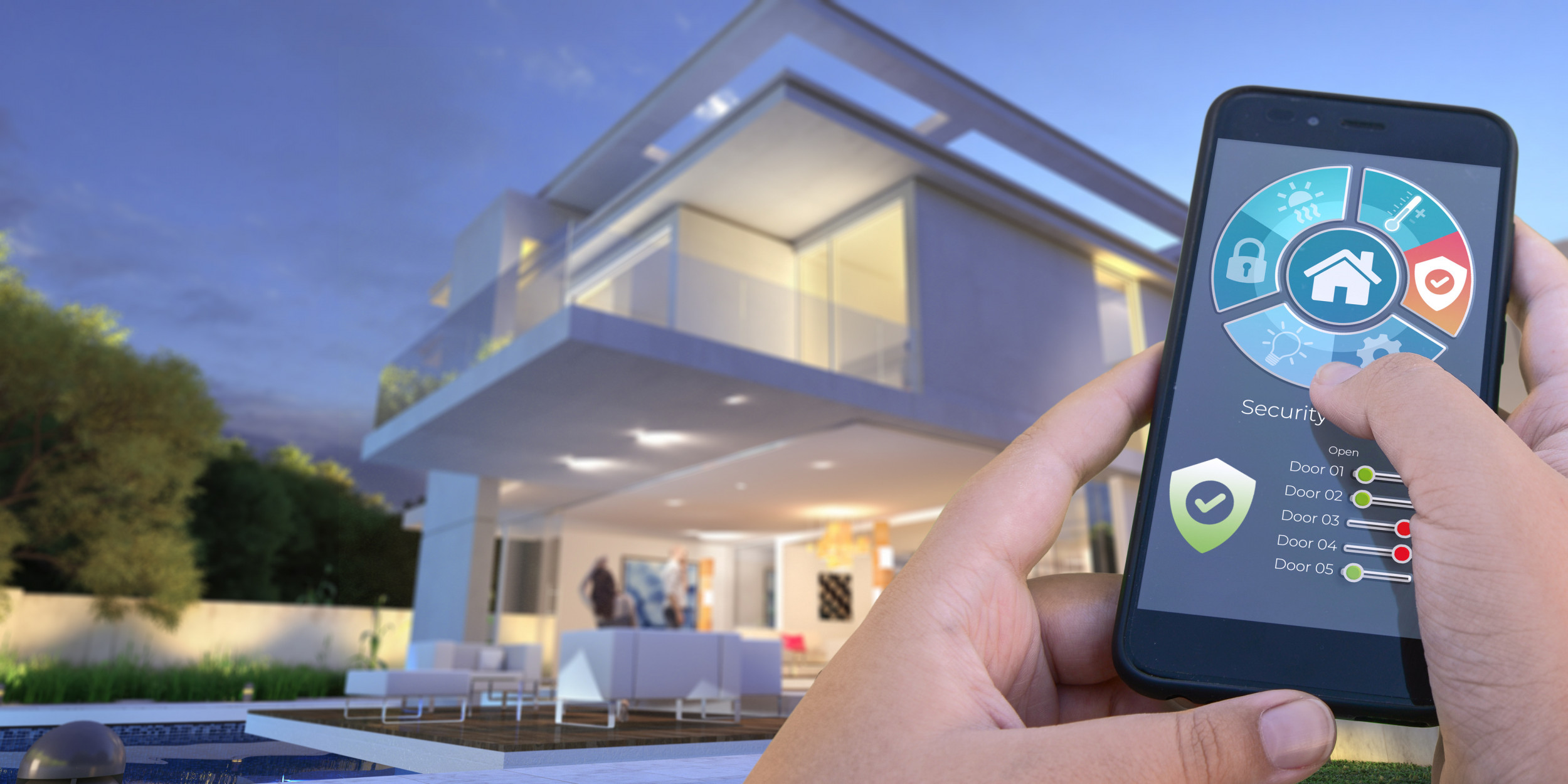Flat roofs are a popular choice for commercial and residential buildings due to their sleek appearance and practical design. However, they are also prone to leaks if not properly maintained or if underlying issues are neglected. Understanding the common sources of potential leaks on a flat roof is crucial for proactive maintenance and timely repairs. Here are six common culprits behind water intrusion on flat roofs:
- Poor Installation or Workmanship: Improper installation of a flat roof can lead to various issues, including leaks. If the roofing materials are not installed correctly or if shortcuts are taken during the installation process, it can result in weak spots, gaps, or inadequate sealing. Issues such as improperly sealed seams, loose flashing, or insufficient waterproofing can allow water to penetrate the roof membrane and cause leaks.
- Age and Deterioration: Like any roofing system, flat roofs deteriorate over time due to exposure to the elements and normal wear and tear. As the roof ages, the roofing materials may become brittle, cracked, or degraded, making them more susceptible to leaks. UV exposure, temperature fluctuations, and weathering can accelerate the deterioration process, leading to compromised waterproofing and potential leaks.
- Ponding Water: Flat roofs are designed to have a slight slope to facilitate water drainage. However, if the roof is not properly maintained or if there are structural issues, water may accumulate in low-lying areas, leading to ponding. Ponding water can exert excessive pressure on the roof membrane and compromise its integrity, resulting in leaks. Regular maintenance, including clearing drains and ensuring proper slope, is essential to prevent ponding water issues.
- Damaged Roofing Materials: Damage to the roofing materials, such as punctures, tears, or holes, can compromise the waterproofing integrity of the flat roof system. Common causes of damage include foot traffic, fallen debris, extreme weather conditions, and the growth of vegetation. Inspecting the roof regularly and addressing any damaged areas promptly can help prevent leaks and prolong the lifespan of the flat roof.
- Faulty Flashing: Flashing is used to seal joints, edges, and transitions on flat roofs, such as around vents, chimneys, skylights, and HVAC units. If the flashing is improperly installed, damaged, or deteriorated, it can create openings where water can infiltrate. Faulty flashing is a common source of leaks on flat roofs, particularly in areas prone to water intrusion. Regular inspections and maintenance of flashing are essential to prevent leaks and ensure the integrity of the roof system.
- Lack of Maintenance: Neglecting regular maintenance is perhaps the most common reason for leaks on flat roofs. Without proper upkeep, minor issues can escalate into major problems over time, leading to leaks and costly repairs. Regular inspections, cleaning of debris, clearing of drains, and addressing any issues promptly can help prevent leaks and extend the lifespan of the flat roof.
In conclusion, understanding the common sources of potential leaks on a flat roof is essential for effective maintenance and leak prevention. By addressing issues such as poor installation, age and deterioration, ponding water, damaged roofing materials, faulty flashing, and lack of maintenance, property owners can protect their investment and avoid costly repairs. Investing in regular inspections and proactive maintenance by qualified roofing professionals is key to ensuring the long-term performance and durability of flat roofs.




